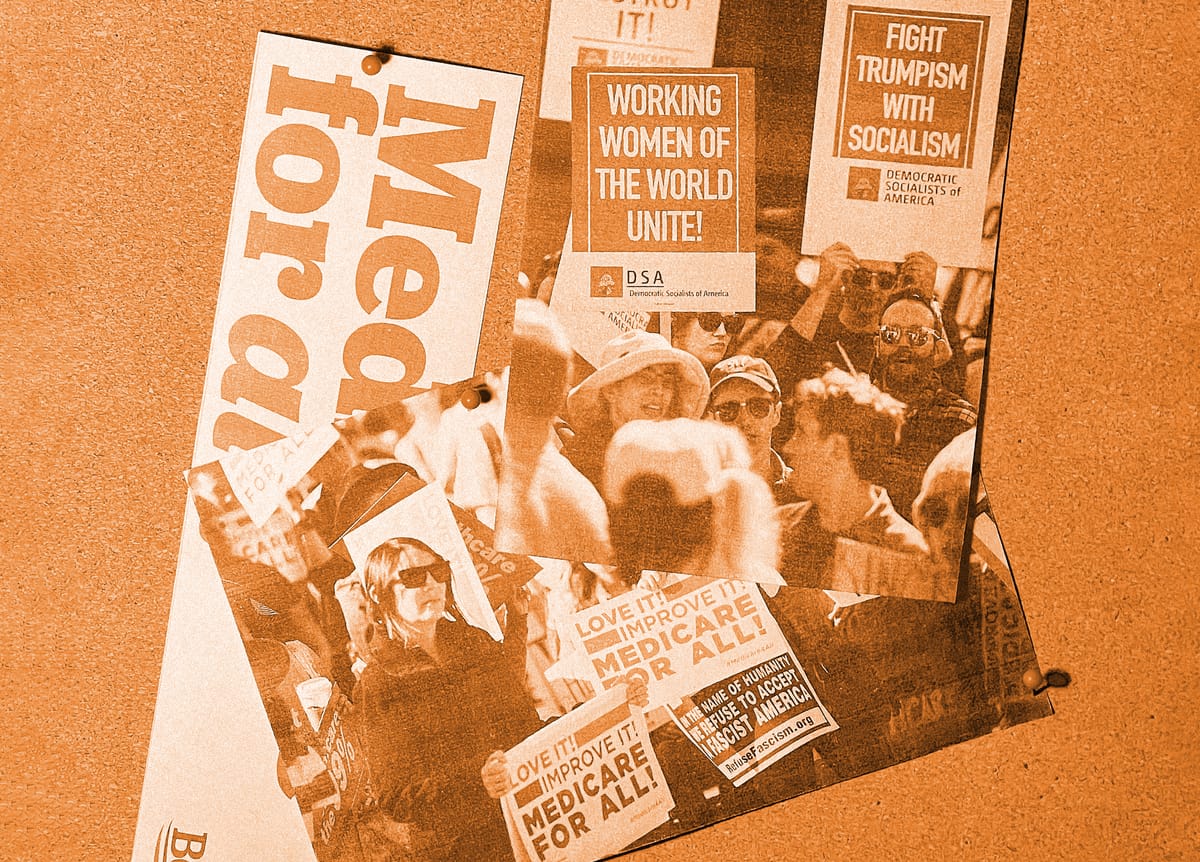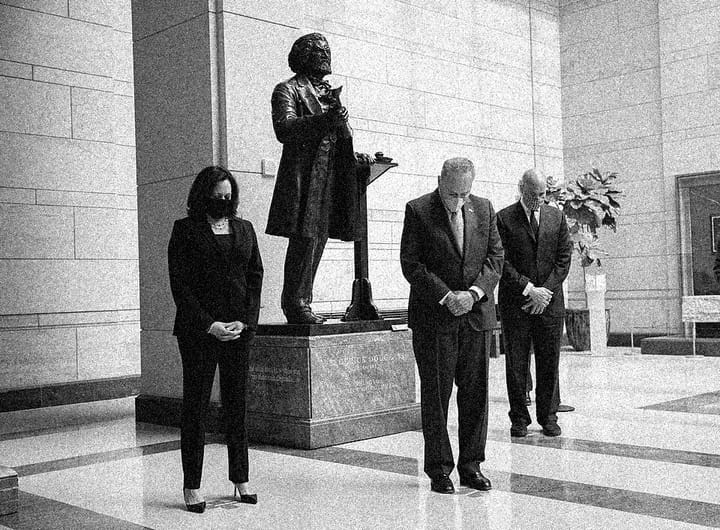Bernie Sanders restored economic populism to the heart of American progressive politics, even while falling short on his campaigns’ promises in a few key ways. Unfortunately, some on the left seem determined not to learn from his example.
In search of the longer-term silver linings of Bernie Sanders’s failed 2020 bid for the Democratic Presidential nomination, historian Matt Karp mused that “by 2032, today’s Bernie voters under fifty will likely represent a majority, and certainly a plurality, within the party electorate,” and, he implied, may therefore have the electoral strength to deliver the resounding victory for democratic socialism that eluded Bernie. Yet, even if that were true, Karp wondered, “What sort of left will be there to greet them? Will it be a thoroughly post-Sanders progressive movement, whose priorities are defined by social media discourse, billionaire-funded activist NGOs, and a friendly working relationship with the corporate Democratic Party?”
Five years on, we have enough distance from 2020 to offer some tentative answers to this question. Progressives have made clear organizational and electoral gains in the past five years—enough to reasonably conclude the American Left is stronger today than it has been in many decades. Somewhat paradoxically, however, this strength was achieved to a large degree by forgetting rather than taking to heart the key lessons of Sanders’s two presidential bids. As a result, unless the Left undertakes a serious course correction, its post-2020 gains will become increasingly Pyrrhic.




